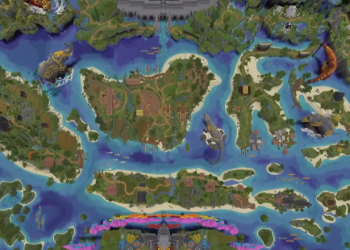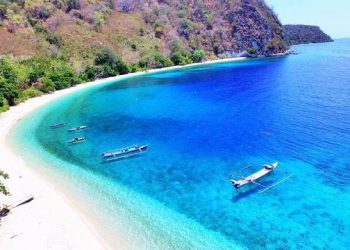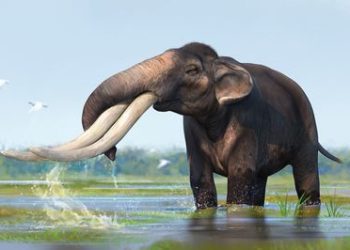Jakarta, Indonesia Sentinel — Scientists have confirmed the existence of what they describe as Earth’s ‘Second Amazon’, a vast underwater ecosystem known as the Coral Triangle. Spanning six Pacific nations including Indonesia, Malaysia, the Philippines, Papua New Guinea, the Solomon Islands, and Timor-Leste, this marine wonder is home to an unparalleled diversity of marine life.
According to report from Merdeka, the Coral Triangle covers approximately 5.7 million square kilometers, roughly half the size of the United States. Often referred to as the ‘Amazon of the Seas,’ It harbors 75% of the world’s coral species and serves as a habitat for over 3,000 species of reef fish.
This underwater marvel not only supports marine biodiversity but also sustains more than 120 million people through fishing, tourism, and food security. Its ecological services, such as protection against storm surges, are vital for coastal communities.
Despite its significance, much of the Coral Triangle remains unmapped due to its remote location, leaving large portions of its vibrant underwater world unexplored.
Indonesia’s Raja Ampat: The Heart of the Coral Triangle
At the core of this marine biodiversity hotspot lies Raja Ampat in Indonesia, home to 574 coral species. The region hosts around 95% of the Coral Triangle’s coral diversity and 72% of the world’s total coral species, solidifying its status as the epicenter of marine life, according to GNFI.
Spanning approximately 4.6 million hectares, Raja Ampat comprises four main islands—Waigeo, Batanta, Salawati, and Misool—alongside 1,847 smaller isles. The region is not only a marine conservation area but also a crucial spawning ground for marine species.
The coral reefs in Raja Ampat play a pivotal role for the survival of marine species. The reef produced oxygen for marine ecosystems while acting as a natural barrier against coastal erosion.
With its vibrant marine biodiversity and crystal-clear waters, Raja Ampat has earned a reputation as one of the world’s premier diving destinations, attracting marine biologists, conservationists, and underwater enthusiasts from around the globe.
Threats Amid Conservation Efforts
This ‘Amazon of the Seas,’ were heaven for nature enthusiasts drawn to activities such as diving, snorkeling, and marine conservation. This region offers unparalleled opportunities to witness marine life, including majestic manta rays and endangered sea turtles, in their natural habitat.
However, the Coral Triangle’s delicate ecosystem faces mounting threats, primarily driven by unsustainable seafood consumption on an international scale. Overfishing disrupts marine balance, while destructive practices such as cyanide and dynamite fishing severely damage coral reefs. These reefs, which grow slowly and require decades to recover, are essential not only for marine biodiversity but also for supporting local livelihoods.
Read also : Russian Tanker Oil Spill Causes Dozens of Marine Mammals Deaths in Black Sea
Unregulated mining and oil exploration further exacerbate the region’s challenges. Industrial activities often result in contaminated waters, endangering marine life and compromising the health of the ecosystem. Additionally, unchecked coastal development continues to encroach on sensitive habitats, altering landscapes and displacing wildlife.
The Coral Triangle stands as a vital sanctuary for marine biodiversity. Therefore Preserving the Coral Triangle requires immediate, coordinated action from governments, environmental organizations, and local communities. Without sustainable fishing practices, stricter industrial regulations, and greater global awareness, this underwater treasure risks irreversible damage.
(Raidi/Agung)

























